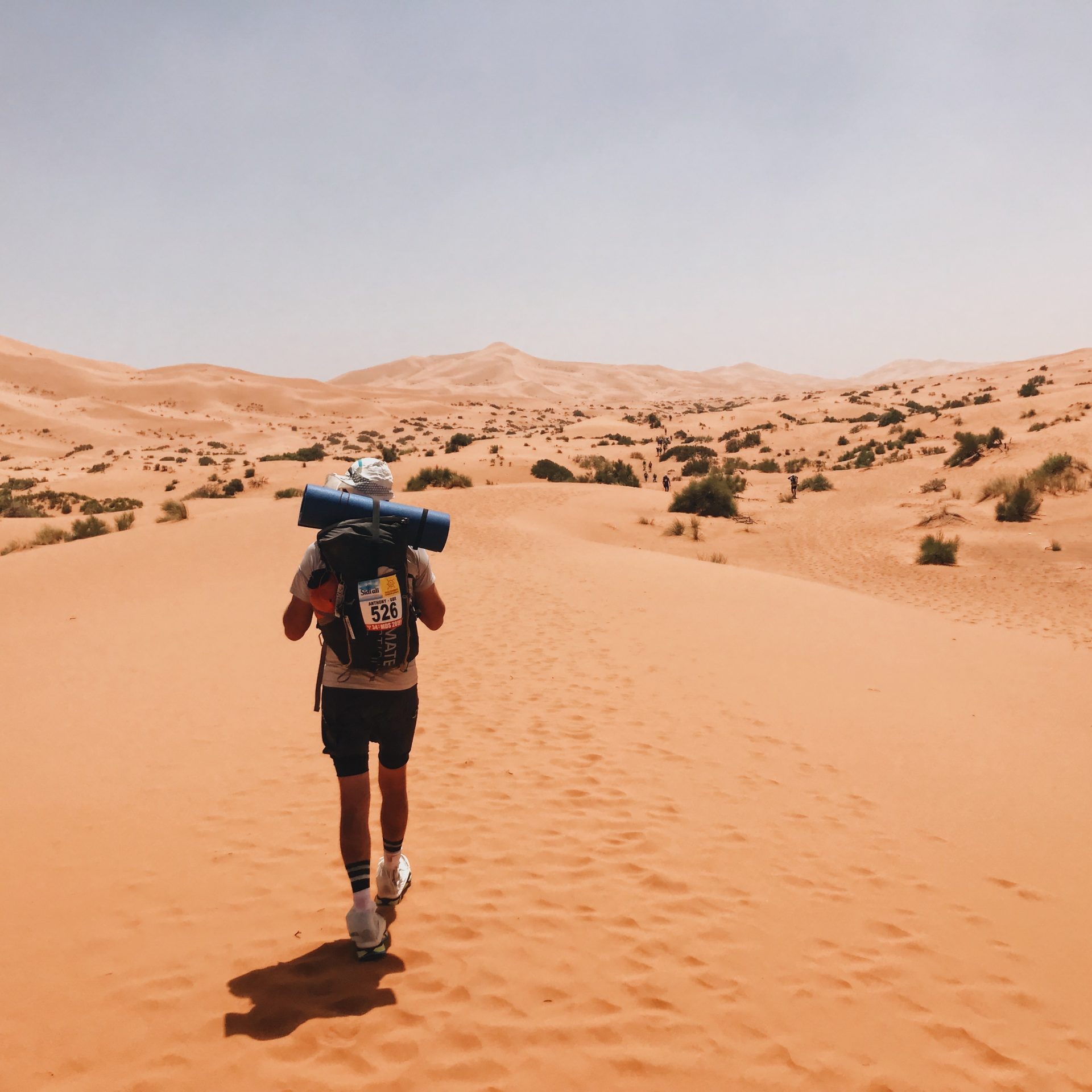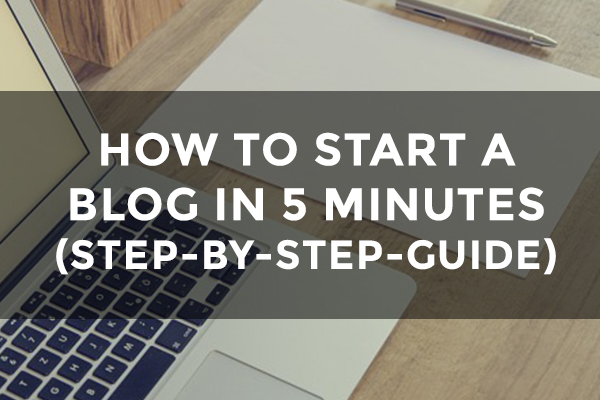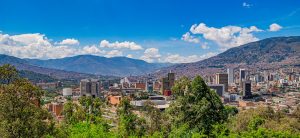As a hiking mecca and a region with a multitude of different climates and environmental challenges, having the right type of clothing can have a huge impact on your overall experience.
Patagonia is well worth the hype, but with it being such a long and skinny region, the weather can change in a second, so I guess this is the time to use that overused quote about failing to prepare… (insert yawn here).
As with any trip, there are some things that you can’t jump on the plane without. This is arguably even more important when you’re tackling the vast expanses of Patagonia.
Here’s a simple list of what I’d consider some of the most essential items you’ll need to make sure this Patagonia itinerary runs as smoothly as possible, including clothes, currency and visa requirements. If this doesn’t quite satisfy you, feel free to read my popular post: The Master Camping List (To End ALL Master Camping Lists)
- Warm jacket or fleece: Warm layers are important in a region where temperatures can fall below freezing and you’re dealing with ice sheets and glacial landscapes. I opt for a fleece with a zip as opposed to one you throw over your head—more logistically friendly and less annoying when you get a wild body temperature change.
- Wind-resistant coat: On the open plains of Patagonia, winds can reach tremendous speeds and extremely low temperatures. Having a wind-resistant coat is important to combat both of these weather conditions. If you’re planning to enjoy some horseback riding, which is a popular activity here, MyBreeches offers an excellent range of riding gear that’ll stand up to the winds and cold.
- Waterproof hiking boots: In a region that is renowned for its hiking opportunities, having a good pair of waterproof hiking boots is highly necessary. These will keep your feet in their best condition, something that is a must when there is so much to see and do across the hiking planes of Patagonia. Always test out your shoes before the big day. I found this out the hard way climbing Puncak Jaya and had to scurry around at the last minute for adequate ones. Learn from my mistakes and test them out first before the big trip!
- Dry day bag: Hiking and travelling through the beautiful yet demanding landscapes of Patagonia means you will need to carry much of your gear in a bag. Having a sturdy and comfortable waterproof day bag is perfect for this.
- Water bottle: Dehydration can be one of the worst things when you’re out in the wilderness. Ensure you pack a decently sized water bottle for your many excursions throughout the region, along with some rehydration salts like Dioralyte. If you are inclined to have environmental or BPA concerns, bring along a LifeStraw Water Bottle for peace of mind.
- Comfortable trousers: For those equestrian enthusiasts, Patagonia offers incredible horseback riding opportunities with sweeping views and rugged trails. Checking out this Pikeur sale beforehand could help you find some high-quality riding apparel that’s perfect for these adventures.
Currency and Finances
Crossing between the two borders, you’ll need to be prepared with a little of both Argentine and Chilean pesos. Both countries are equipped with ATMs, but you might struggle to find working machines in some of the more remote areas.
These are the two currencies you’ll need to worry about during your Patagonia itinerary:
- Chilean Peso: When you’re travelling through Chilean Patagonia, it’s important to have a supply of the local currency, the Chilean peso. The notes of this currency come in denominations of 500, 1000, 2000, 5000, 10,000, and 20,000 pesos. $1 USD is around 770 Chilean pesos (as of September 2021).
- Argentine Peso: You’ll also need to have the Argentine Peso with you during your trip. This comes in denominations of two, five, 10, 20, 50, 100, 200, 500, and 1000 pesos. The Argentine Peso is also broken down into smaller centavos, with 100 centavos making up one peso. These come in coin form, with denominations of five, 10, 25, and 50 centavos. $1 USD is around 98 Argentine Pesos (as of September 2021).
Important Tip: Argentina is a country rife with protests and political instability. Every time I go, I usually take a wad of US Dollars to trade, as the Argentine Peso is highly inflated, although it is getting better. This can be a more stable and reliable way to manage your finances while in the country.
Visa Requirements and Travel Documents
You may need a visa to enter Argentina or Chile, depending on your nationality. It’s crucial to check the visa requirements well in advance of your trip and ensure that your passport is up to date. Both countries also require that your passport be valid for at least six months from the date of entry.
In addition to your visa and passport, it’s a good idea to carry copies of all essential travel documents, including your itinerary, hotel reservations, and emergency contacts. Having these documents readily available can save you a lot of stress if something goes wrong.
Conclusion
Preparing for a trip to Patagonia involves more than just packing a suitcase. The unique challenges of this region require careful planning and the right gear. Whether hiking, horseback riding, or simply exploring breathtaking landscapes, being well-prepared will help you make the most of your adventure. Remember to think strategically for your packing list for Patagonia, stay informed about local conditions, and enjoy every moment in this gorgeous part of the world.







